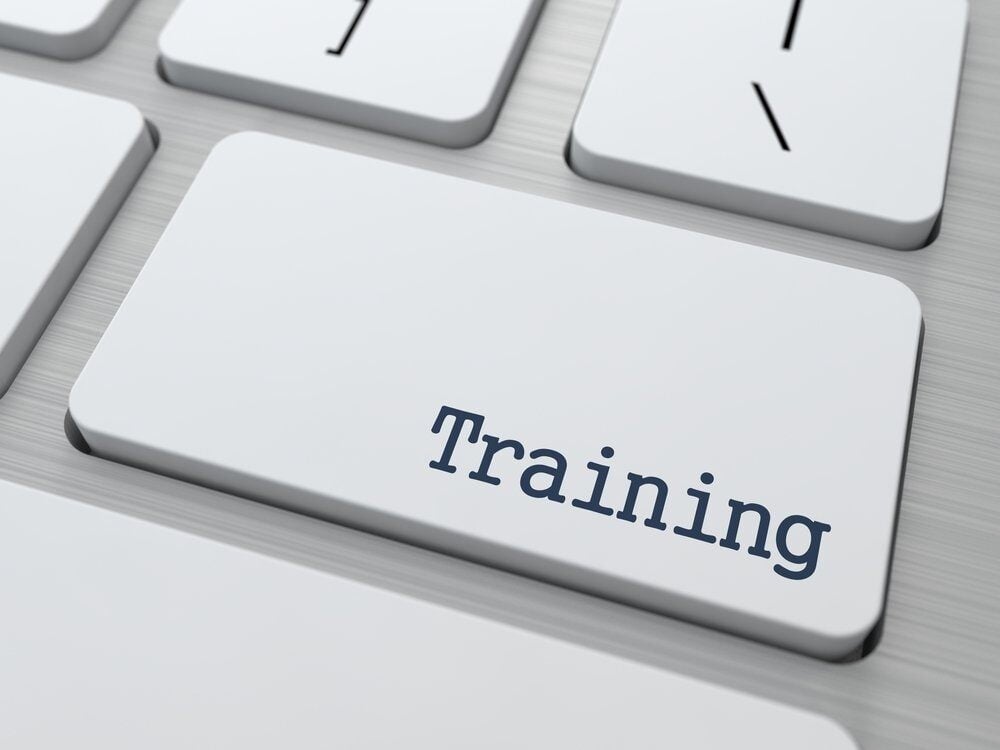Predictive HR Analytics: Shaping Workforce Strategy in 2026
October 30th, 2025
4 min read
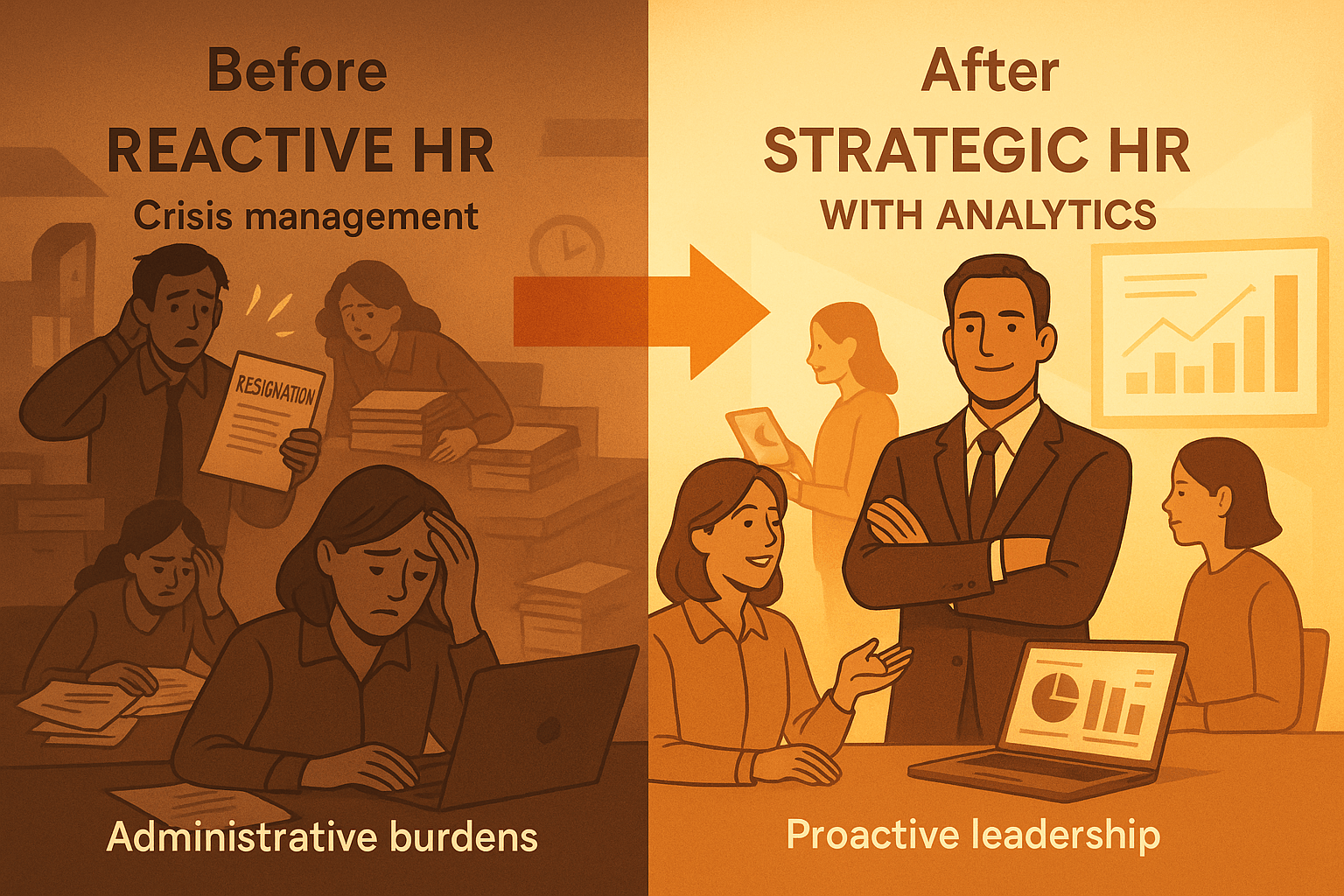
HR leaders often feel frustrated by how reactive workforce management has become. Reports tell you how many people left, how much overtime was paid, or which training courses were completed—but they don’t tell you what’s coming next. That uncertainty makes it hard to plan hiring, retain talent, or keep up with shifting business needs.
At Lift HCM, we’ve worked with organizations navigating these same challenges. We’ve seen firsthand how predictive HR analytics helps businesses move from firefighting to foresight, turning workforce data into a strategic advantage.
In this article, you’ll learn what predictive HR analytics is, why it matters now, the data and tools you’ll need, and the most valuable use cases for 2026. By the end, you’ll understand how predictive insights support smarter hiring, retention, and workforce planning—so you can lead strategically instead of reacting under pressure.
Table of Contents
- What Is Predictive HR Analytics and Why It Matters in 2026
- Core Data Sources, Tools, and Best Practices for Predictive HR Analytics
- Predictive HR Analytics Use Cases That Deliver Business Impact
- Moving from Reactive to Strategic HR
- Building a Future-Ready Workforce with Predictive HR Analytics
What Is Predictive HR Analytics and Why It Matters in 2026
Predictive HR analytics uses statistical modeling, machine learning, and workforce data to forecast future trends. While traditional HR reports describe what already happened, predictive analytics identifies patterns that signal what’s likely to happen next.
For example, a turnover report shows how many employees left last quarter. Predictive analytics goes further—it reveals who is most likely to leave next quarter and why. The shift from hindsight to foresight gives HR leaders time to act before issues escalate.
In 2026, this foresight is critical. HR leaders face growing complexity across several fronts:
-
Tight labor markets: Talent shortages make replacing key employees is costlier, riskier, and more time-consuming.
-
Hybrid and remote work: Flexible arrangements introduce new risks for engagement and retention.
-
Rapid skills evolution: Automation and digital transformation are making some roles obsolete while creating urgent demand for others.
Did You Know? 📈
40% of leaders are looking to invest in HR analytics this year (isolved HR Leaders Report).
57% report that people analytics has produced profits or savings for their organization (SHRM).
Core Data Sources, Tools, and Best Practices for Predictive HR Analytics
Implementing predictive analytics starts with high-quality data. HR leaders often underestimate how much workforce information is already available at their fingertips.
Key Data Sources
High-quality data is the foundation of accurate predictions. HR leaders often underestimate how much workforce information they already have available:
-
Payroll and time tracking: Trends in absenteeism, overtime, and pay history.
-
Performance reviews: Patterns in ratings, feedback, and promotions.
-
Learning and development: Training completions, certifications, and skill gaps.
-
Employee engagement surveys: Sentiment trends and participation rates.
-
External labor market data: Industry benchmarks, salary trends, and demographic shifts.
Tools and Platforms
Modern platforms make predictive analytics accessible—no advanced data science skills required. Dashboards with AI-powered alerts, scenario modeling, and intuitive reporting bring workforce insights to life.
At Lift HCM, we partner with clients through iSolved Predictive People Analytics, a built-in solution that brings predictive insights directly into your HCM platform. It transforms payroll, performance, and engagement data into visual forecasts—helping leaders identify retention risks, plan staffing, and improve workforce decisions without needing a separate analytics tool.
Implementation Best Practices
To build predictive HR analytics that drives measurable impact:
-
Start with business goals: Link analytics to clear outcomes such as reducing turnover or improving internal promotions.
- Build cross-functional collaboration: Involve HR, IT, and operations in defining metrics and interpreting results.
-
Prioritize data literacy: Equip HR teams to understand and apply predictive insights confidently.
-
Adopt a phased rollout: Begin with a pilot project before expanding to full-scale deployment.
-
Ensure data quality and compliance: Bad data leads to bad predictions. Data governance and privacy safeguards are essential, especially under GDPR and local labor laws.
📌 For a practical guide to building compliant, audit-ready HR processes, explore our HR Compliance Checklist for Businesses.
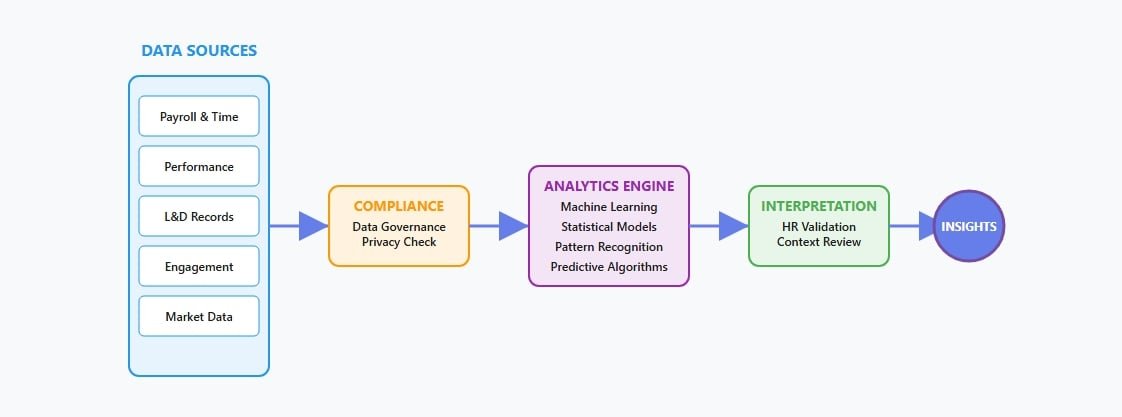
Predictive HR Analytics Use Cases That Deliver Business Impact
Once implemented, predictive analytics unlocks a wide range of use cases. Here are some of the most impactful applications for HR teams in 2026:
1. Employee Retention and Attrition Risk
By analyzing tenure, absenteeism, engagement scores, and performance trends, predictive models can identify employees at high risk of leaving. Instead of scrambling after resignations, HR leaders can proactively address issues with tailored interventions such as career pathing or manager coaching.
2. Workforce Forecasting and Succession Planning
Forecasting helps organizations plan for future hiring needs, promotions, or retirements. Succession modeling ensures key roles won’t remain vacant during transitions. This is especially critical in industries where specialized skills are scarce.
3. Skills Gap Analysis and Reskilling
As automation and AI reshape roles, predictive analytics can highlight which skills will be in short supply and where training investments will have the highest ROI. For example, Deloitte projects that 90% of companies will face skills shortages by 2027, making early planning essential.
The heat map below highlights where reskilling investments are most urgently needed - like the critical AI/ML gap in Engineering (-45%) and Digital Marketing deficit across Sales/Marketing teams.
Key Insights from Skills Gap Analysis
Engineering faces critical AI/ML skills shortage (-45%) requiring immediate reskilling investment
Digital Marketing skills are severely lacking across Marketing (-40%) and Sales (-30%) teams
Communication and Project Management show positive surplus across most departments
Cybersecurity gaps in Engineering (-35%) and Operations (-28%) pose significant risk
4. Diversity, Equity, and Inclusion (DEI) Insights
Analytics can reveal hidden barriers in hiring, promotions, or pay equity. By spotting patterns across demographic data, companies can take meaningful steps toward inclusive workforce strategies.
5. Training Effectiveness and ROI
Instead of tracking only training completion, predictive analytics measures whether skills gained lead to improved performance or retention. This ensures learning budgets are allocated strategically.
6. Salary and Budget Forecasting
Predictive modeling supports finance teams by forecasting salary adjustments, overtime costs, and benefits expenses under different scenarios.
According to Deloitte’s 2025 Human Capital Trends report, organizations that adopt predictive HR analytics now are better prepared to respond proactively.
Moving from Reactive to Strategic HR
The most significant advantage of predictive HR analytics is its ability to shift HR from tactical to strategic. Instead of reacting to resignations or market shifts, HR leaders gain the foresight to prepare, adapt, and guide the business forward.
This shift means HR has a stronger seat at the table. Workforce strategy becomes a key driver of business outcomes rather than an administrative function. Companies that master predictive analytics will be better positioned to compete, innovate, and support their employees in a changing world of work.
Building a Future-Ready Workforce with Predictive HR Analytics
You don’t have to guess your way through workforce challenges like retention, hiring, or skills planning. Predictive HR analytics gives you the foresight you need.
With the right partner and tools, implementing predictive analytics is a manageable, phased process that builds confidence across HR and leadership.
Schedule a consultation with our team to explore what predictive insights could look like in your organization.
Lift HCM has helped organizations across industries transition from reactive workforce management to predictive, data-driven HR strategies. Explore our services!
Caitlin Kapolas is a results-driven professional with a strong background in account management and retail. She is dedicated to improving client experiences and building lasting relationships. Caitlin excels in identifying client needs, resolving issues, and implementing customized solutions that drive value. Her effective communication skills ensure high client satisfaction and loyalty, making her a trusted advisor and partner in meeting client needs with precision and professionalism.


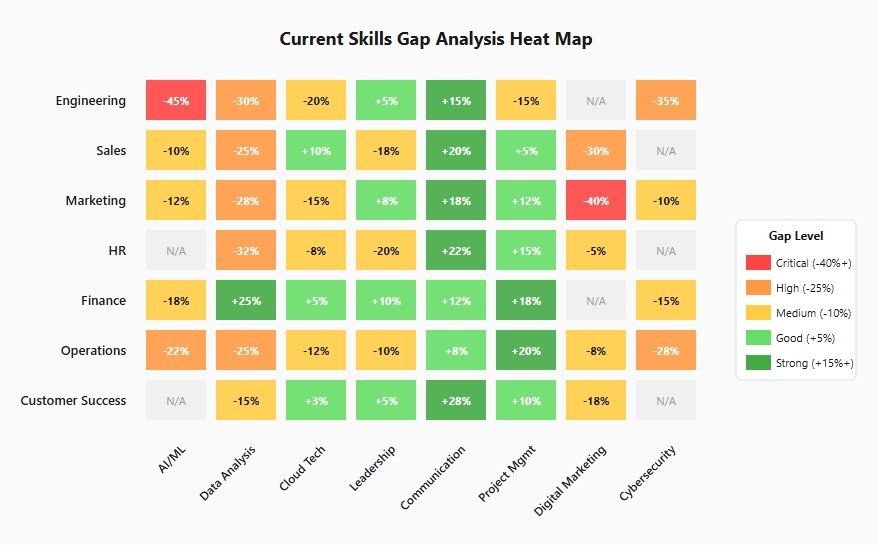
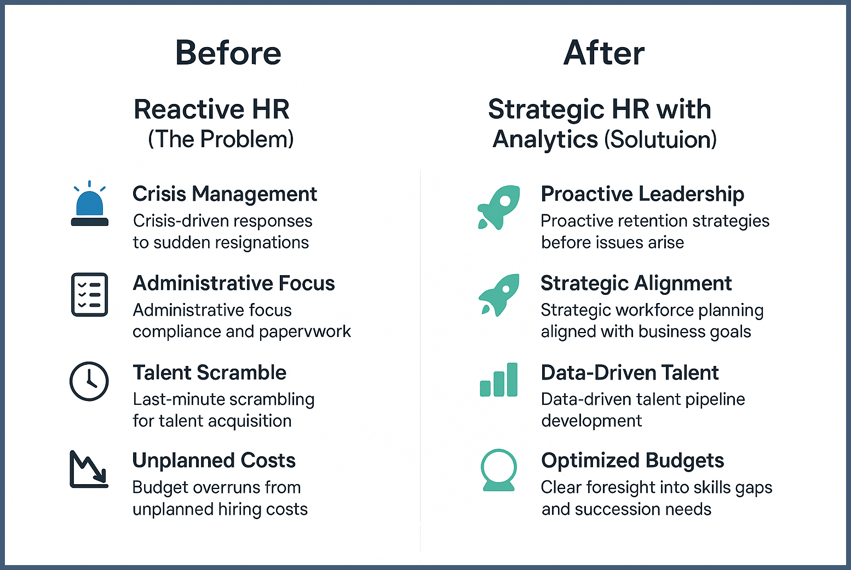

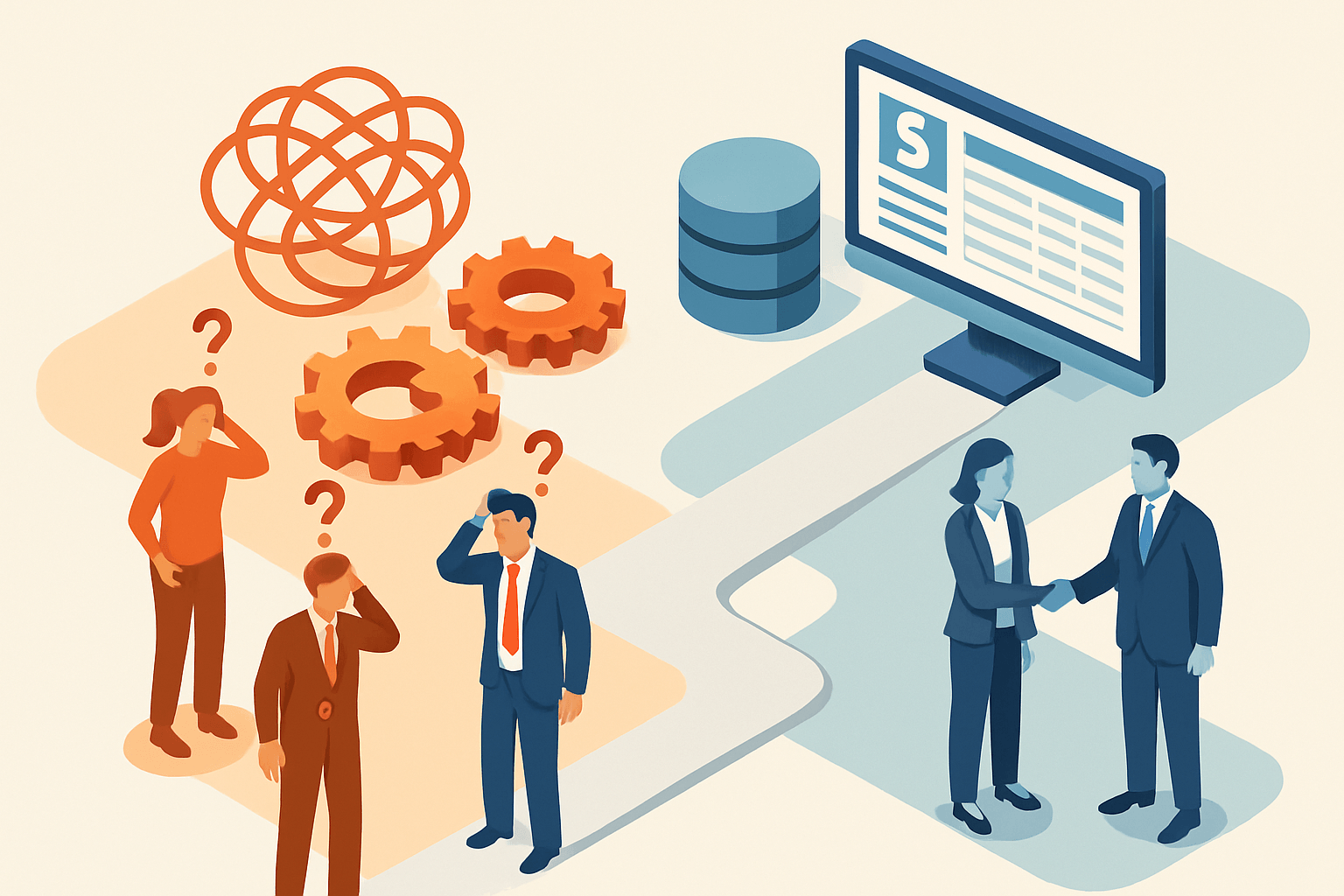
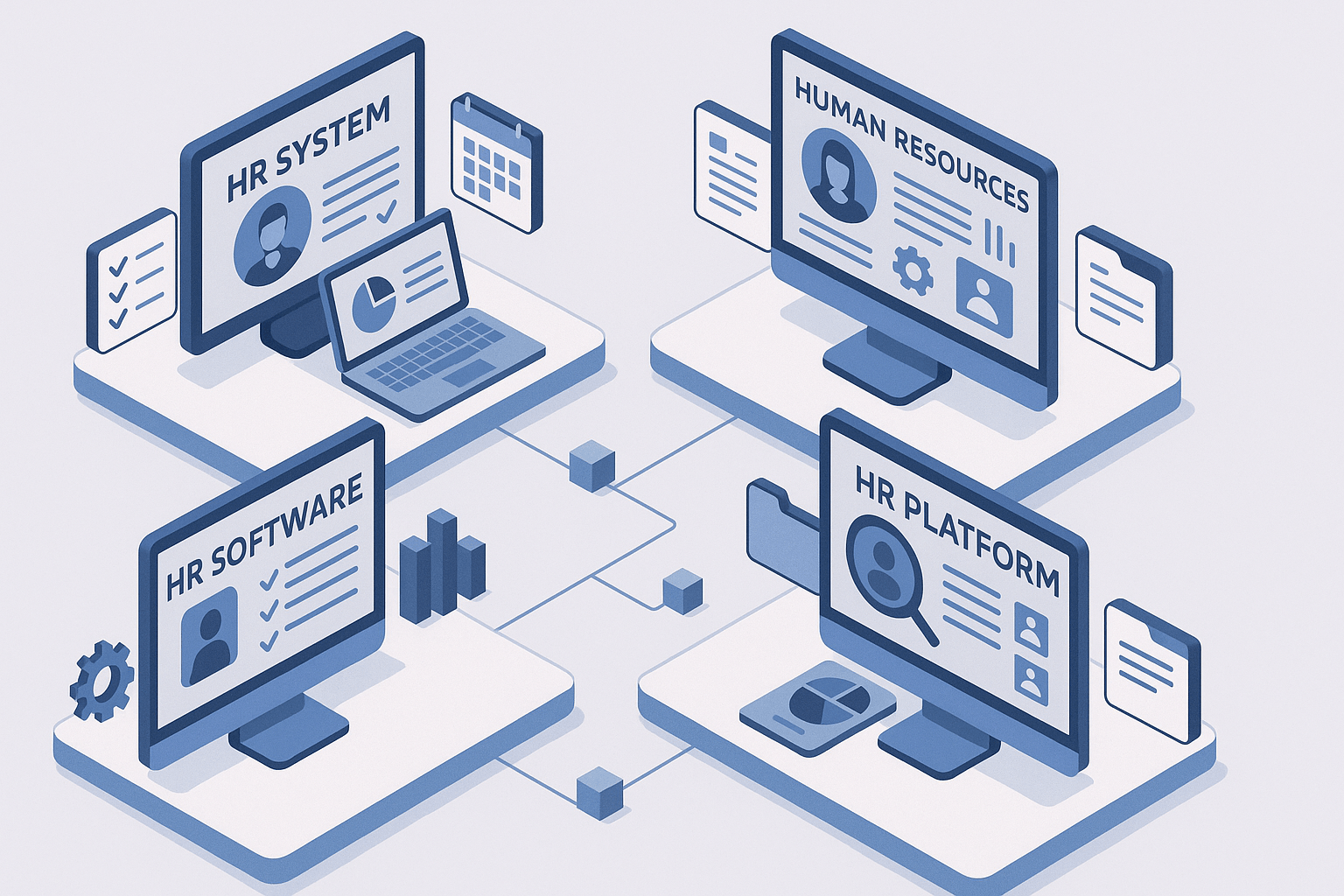
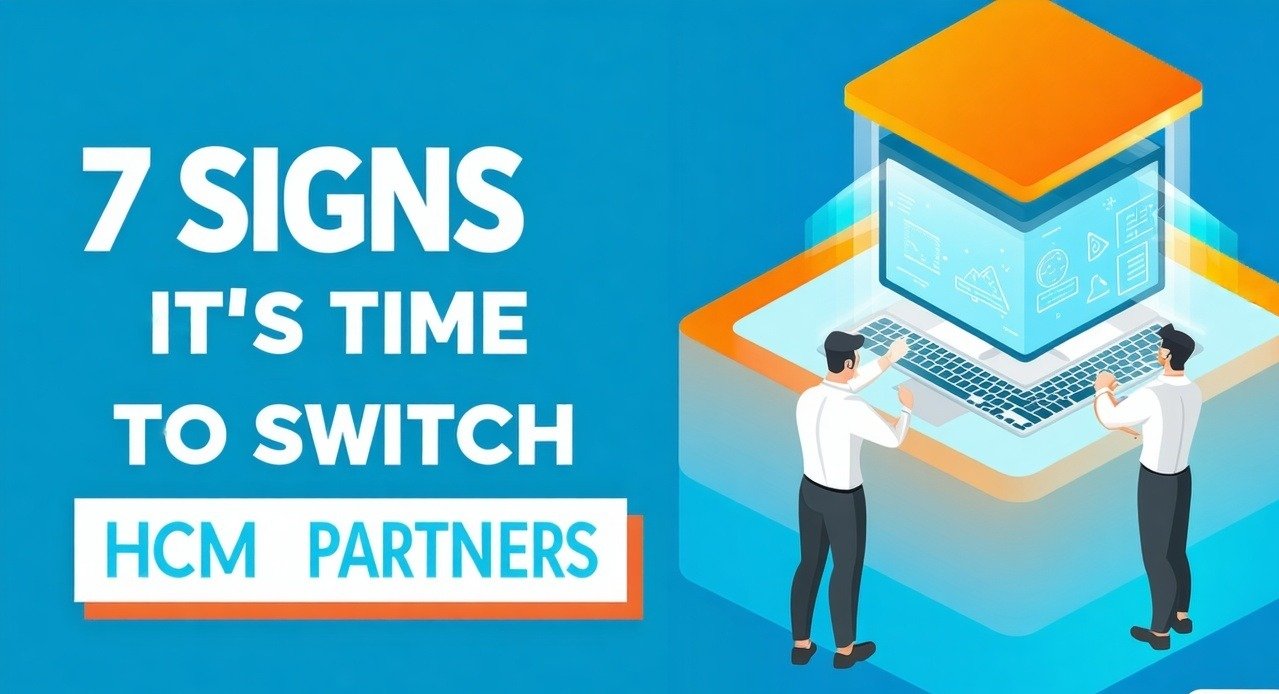

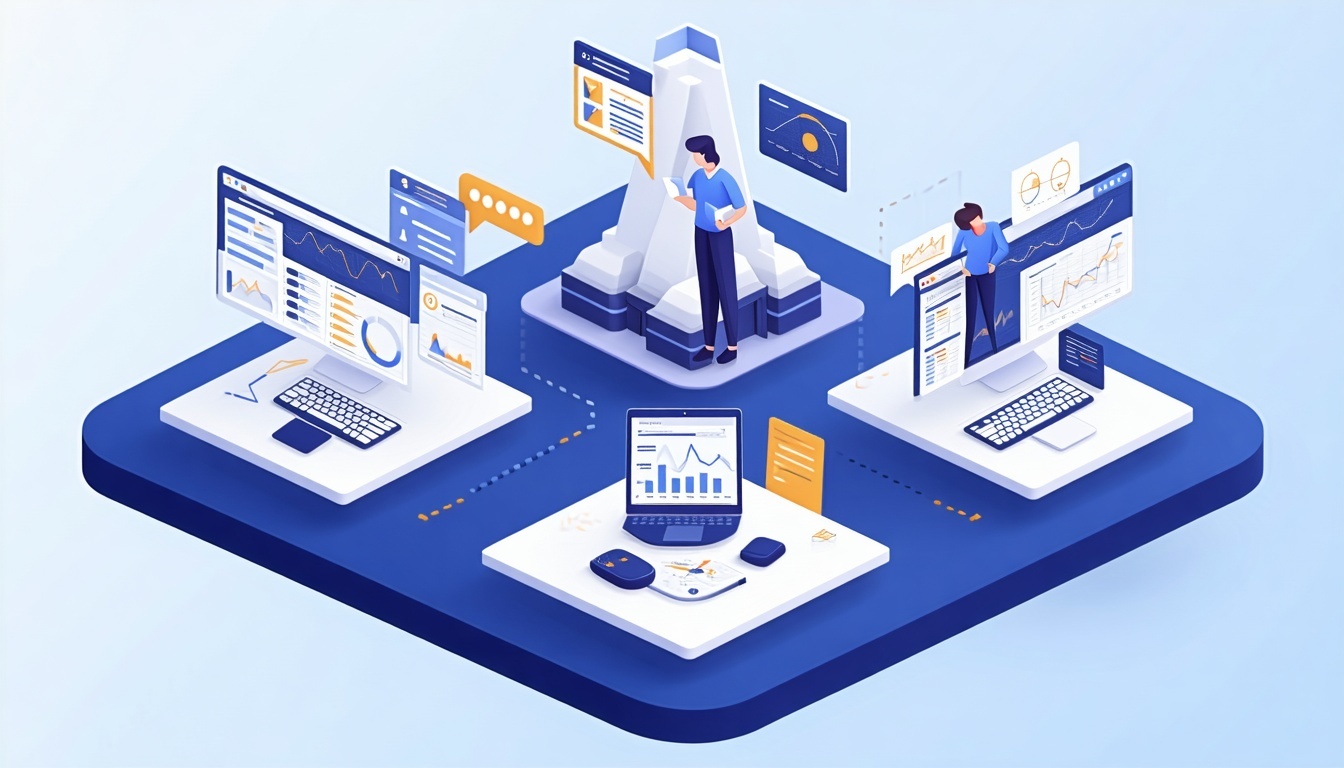
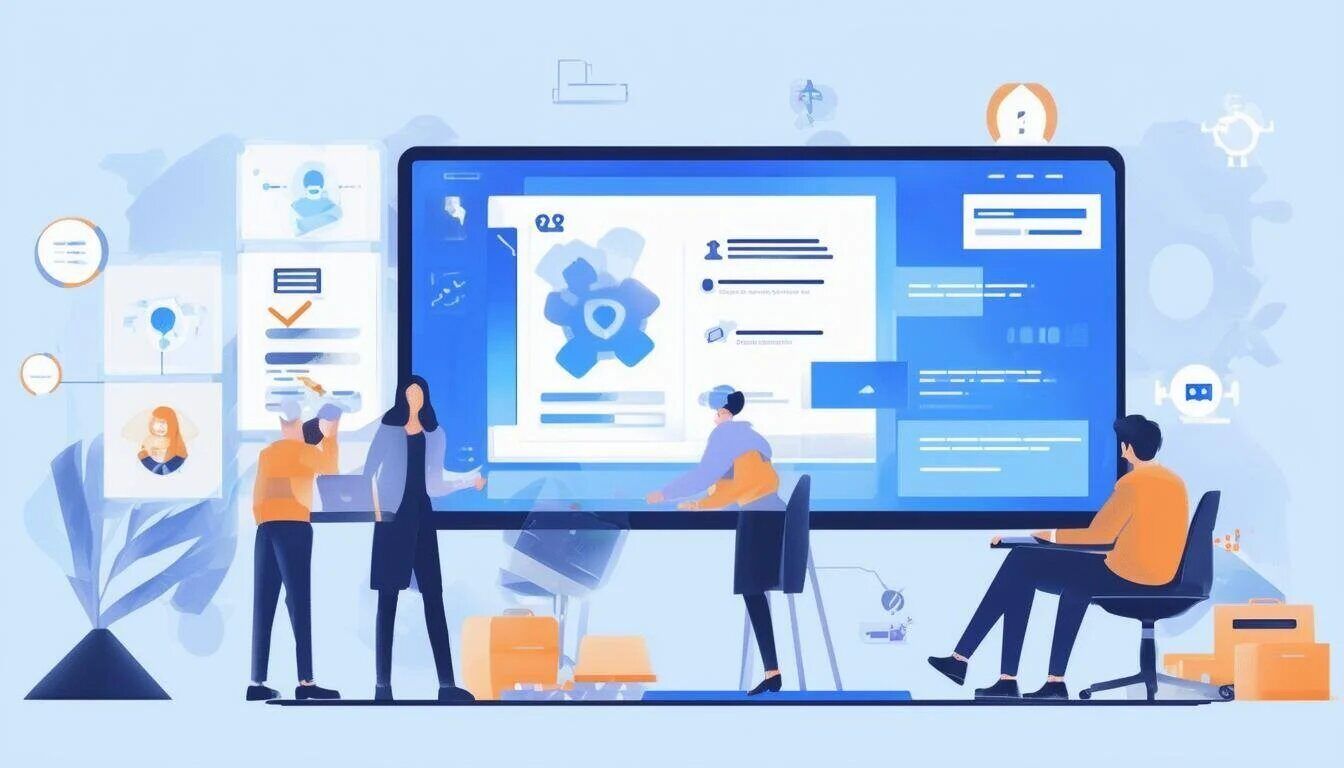
.webp?width=1080&height=1080&name=HR%20blocks(1).webp)
.jpeg?width=1024&height=1024&name=happy%20employees%20working%20together%20outside%20in%20the%20fall%20time(1).jpeg)
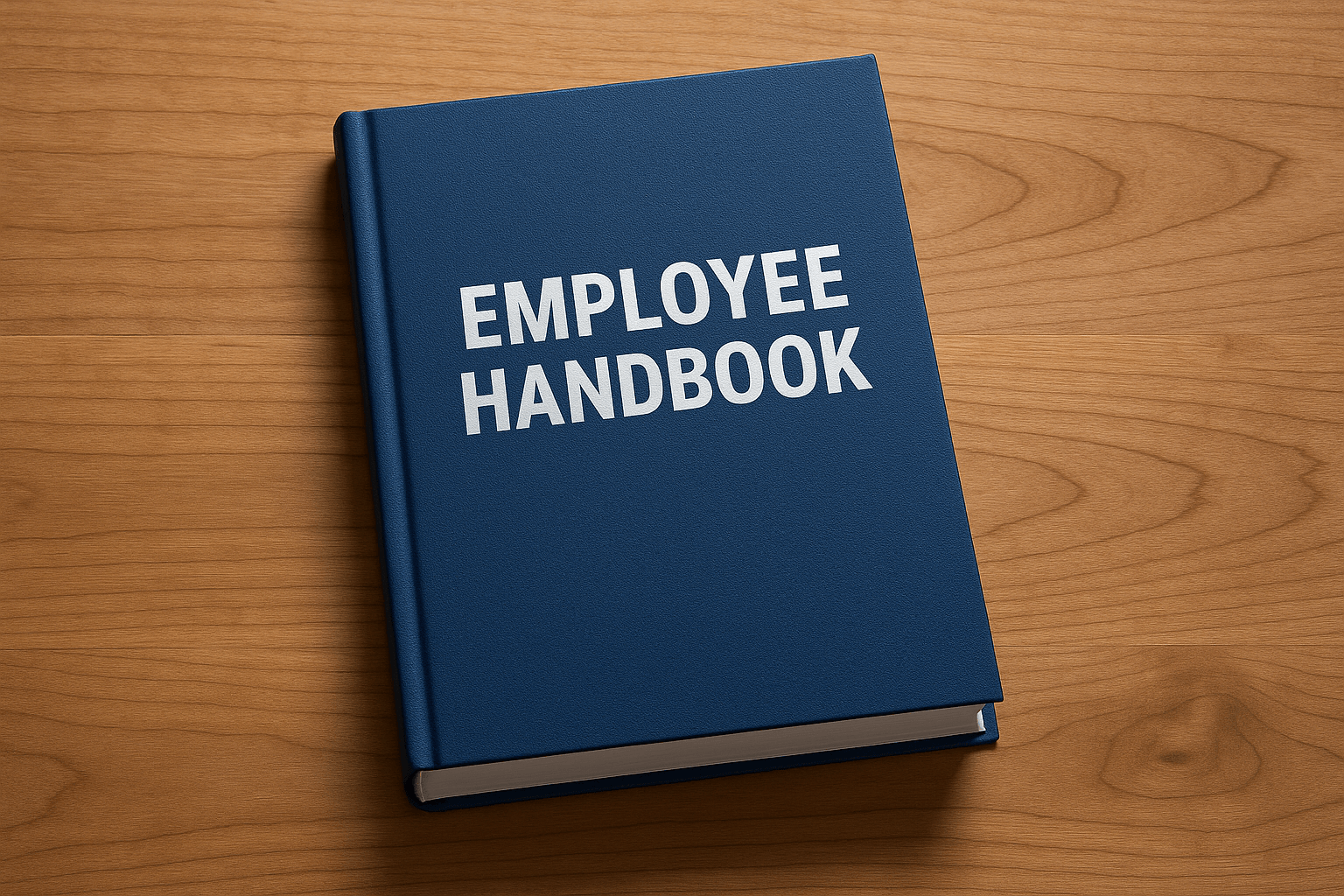








.jpeg?width=1344&height=768&name=Employee%20Retention%20Credit%20in%20amiercan%20english%20spelled%20across%20blocks(1).jpeg)

